
On the afternoon of Friday, September 16th, 2022 formless held a Twitter Space hosted by Jarred Winn, CEO of Winn Solutions. The guests were as follows: Benjamin Noskov, Chief Marketing Officer of Formless, Liam “Chatter” Labistour, Director of Growth at Splinterlands, and Volkan Arslan, the Head of Marketing at Yeeha Games. All three guests discussed their ideas surrounding the transition of web 2 gaming to web 3 gaming in the coming decade, beginning with the near future.

Jarred Winn: How is everyone doing today?
Benjamin Noskov: Great, how about you guys?
Liam Chatter Labistour: I am fantastic.
Volkan Arslan: I’m doing good!
Jarred Winn: That is great, I am coming to you guys live from across an ocean, and reception might be a little bit “spotty”. Let’s do a quick intro for everyone real quick. My name is Jarred Winn and I am the CEO of Winn Solutions and I am also an advisor for Formless. Today I am joined by Ben Noskov, the Chief Marketing Officer of Formless, Liam “chatter” Labistour, the director of growth at Splinterlands, and last but not least, we have Volkan Arslan, the head of marketing at Yeeha Games! But let’s hear introductions from each of our guests first, shall we? Ben you go first.
Benjamin Noskov: My name is Benjamin Noskov, I am 5th generation American, but my surname is Russian. I’ve been a part of Formless since December 2021. It’s been a wild ride, we’ve had a couple of successful launchpads, most notably Plato Farm earlier this year. We also have plenty of partnerships that I can dive into a little bit later on. We aim to become the backbone for everything that is Web3 gaming related and everything else in between.
Lian chatter Labistour: I’m Liam Labistour, also known as “Chatter” for my gamertag or Discord alias. I’m the director of growth at Splinterlands, we are a digital trading card game on the Hive blockchain. Really just think of “Yu-Gi-Oh” or “Pokemon” cards meets hearthstone and everything has been put on the blockchain. We do about 3–5 million transactions a day, with 300,000–500,000 daily active users. It’s been a blast so far and a great ride to be on.
Volkan Arslan: I’m Volkan Arslan, from Germany, and I am the head of Marketing for Yeeha Games and basically what we do is try to build an entire ecosystem around web 3 gaming here. Instead of producing our own games, we partnered with ten high-quality mobile gaming studios and they are studios that already deliver to the mobile gaming market. What we do is basically we buy licenses from them, and then we implement blockchain gaming elements for them.
Jarred Winn: Those are some great introductions, and throughout the rest of this talk what we will do is we will dive a little deeper into each of your projects. Everyone here should think of formless as this sort of catalogue of games that meet a certain criteria. At formless all of the game titles that the team works with have gone through comprehensive vetting, and therefore meet a certain level of quality for their users.
Moving forward, we want to know what makes each of your projects unique because there are millions of games out there at this stage and we want to know what are some of the advantages of your projects versus other gamefi projects? What makes your project unique?
Liam “chatter” Labistour: With splinterlands we sought out to use blockchain technology as our platform of choice. We have an indy gaming dev as well as a former Facebook gaming dev. We saw web 3 as a way for people to directly own their gaming assets. All of the cards in the game are NFTs, but we offer so much more in the way of uniqueness for these NFTs than so many other companies in this space right now. You never have to leave the Splinterlands website to do absolutely everything on the platform, whether its gaming or trading the cards themselves with other users. You don’t even need to know how to use a crypto wallet to send or receive NFTs. What’s really nice is we have also built-in a rental feature for these cards. We have people who are paying a dollar a day to play the game and making back two dollars every single day. But, as an example, half of my cards are rented out right now and I can just make passive income every day from using this rental market. But we also believe in “frictionless onboarding”, which means you don’t even need to know how to use crypto to start playing the game. We sell starter kits to players using PayPal for 10 dollars to get started. It’s also a relatively quick process to get on-boarded. The process from landing on the website to actually playing the game is about 5–10 minutes and not more.
Volkan Arslan: So basically our project is a simple idea. We not only wanted to build a gaming platform, but we wanted to extend everything for web 2 gamers that want to enter web 3 gaming. We take already existing games and create an ecosystem. We decided to create a platform where people would use Yeeha Games on a daily basis just like everyone uses Twitter on a daily basis. We have backing from Bybit of 50 million dollars of seed funding so that we can secure gaming rights and licenses. We just released our first game Midgard Saga which is a trading card game, and we are about to release our next game in the next 3 months called Oath of Peak and it’s going to be something like Genshin impact with an open world MMORPG with a deeper meaning for its player base which will not just be a simple “join our game, earn some assets and sell them”. Our priority is to make a simple game with a mantra of “play and earn” as opposed to “play to earn”. Web 2 gamers strive to have a psychological bond between themselves and their character. Right now in web 2 gaming this is limited to just naming and customizing the character and we aim to revolutionize this concept. Our aim is to create a relationship between the player and their character that makes them not want to sell it to begin with. This will strengthen the industry.
Benjamin Noskov: As I said before, we are trying to become the backbone of everything web 3 gaming, but not only are we trying to do that, we are trying to make the transition from Web 2 to Web 3 as seamless as possible for people that don’t even know how to use a blockchain. We have an intelligent game folder and this makes it easier for users to manage their games, redefine launchpads, and make it easier for project developers to find and target their demographic users. We also have a Marketplace Software as a Service system which means that when you list your projects assets on our marketplace, then those assets also become listed on 20 other marketplaces such as Bitkeep, Cherryswap, Windvayne which is powered by Kucoin, and plenty of other 3rd party marketplaces as well. This eliminates the need for developers to do more coding work and coding things like an in-game marketplace. Our formless social passport will also make it easier to access other web 3 dapps and our game directory for our users, and last but not least we have our own wallet to make it easier for users to access and browse their own digital assets. The suite of tools that we provide to both users and developers is designed to not only create a seamless move for users to go from web 2 gaming to web 3 gaming, but to also help existing developers merge with Web 3. When big conventional game companies decide that they want to move into the blockchain and web 3 space, we are going to do our best to make sure that our tools are the first choice that they decide to use.
Our goal is to become the gold standard in users joining the web 3 gaming space and also developers merging with existing web 3 gaming trends.
Jarred Win: Now it’s time for a hard hitting question, what do you guys think is the best entry point for the implementation of web 3?
Liam Chatter Labistour: I think it all comes down to ease-of-use and accessibility. Splinterlands is my big first “GameFi” experience. When I first got started, it took me about 2 or 3 hours to learn how to do everything including transfer of assets. But now we’ve moved to a much more frictionless system and this is going to set the tone of the transition from web 2 to web 3. Of courser there are so many other things that are going to play into it too. If we can really get a AAA game title with blockchain, and illuvium is a great example, then that is where things are really going to take off. They’re using unreal to build their system.
The responsibility of all web 3 gaming companies is to ensure that all web 3 games are both easy to get onbarded to but also, if the user chooses to, getting out is equally as important. With so many web 3 gaming companies at present it’s so easy to get your money in, but it’s not so easy to get your money out. It’s also important to make sure that there is utility with the game. A great example is with splinterlands, not only can you rent out the cards themselves, but we’re making another use case for them as well. We’re building a splinterlands tower defense game where you can stake your cards and use those to power up your towers in that game as well. We also have something else coming to our games soon called Runi and that is going to increase the utility as well. With this, it’s an NFT series we’ll launch on Eth, allowing people to buy whatever NFT they want to on OpenSea and then they can stake it into the games we already have now as well. So our main focus is twofold: we want to make sure that we can easily onboard web 2 users into Splinterlands while increasing the utility for web 3 natives, ensuring that everything that we do allows our users to retain value with our games.
Volkan Arslan: In my regards and about the market in its present state, one problem is that we are all competing with each other as gaming companies before we even had a chance to establish ourselves in the gaming sector with web 2 gamers. Transparency is also important because there has been a lack of transparency in the web 3 gaming sector and it ended up with projects messing up in a lot of things. Unfortunately in the eyes of traditional gamers we are just “NFT bros” that are trying to scam people without anyone looking at our funding and what we are trying to accomplish. This is why we think educational content plays a big role. Build your companies, take feedback from users, and then explain why your company made the decisions that it made. I know that leading a company is one thing and you cannot communicate everything to these users. That’s one thing, but please communicate as much as possible so that users can understand as much as possible.
Our market presently doesn’t need innovations, it needs establishment. We cannot just tell users “Hey, buy this NFT for 2 dollars and then make 2 million dollars out of it!” GameFi is more than just play to earn. Don’t ask your users for shit-tons of money up front either. The reason why we chose to go with mobile gaming is because it is more accessible than PC gaming. Almost everyone has a phone, and we set the price for our NFT mystery boxes as low as possible. We set the entry price at 50 dollars because we believe that our users get something that has value.
Community, accessibility, and making something that is fun are the most important factors when entering the GameFi community. Otherwise, you are going to run in to the same issues that the big dogs in this space have already and you are going to make the same mistakes that they have made. It is our mission to learn from them and it is our mission to build products and from there we can think about innovating. People are allowed to download and play our own game without paying a cent for it.
Benjamin Noskov: I think the console gaming crowd and the PC gaming crowd are two entirely different kinds of audiences: the former is a group of gamers that don’t fully understand computer science so they own gaming machines that ultimately run a simplified closed-source gaming PC that is easier to dive into while the latter, PC gamers, generally need a much better understanding of computer science and how to build a computer to full take advantage of that gaming machine. Console gamers that are trying to get in to web 3 games now are going to encounter a lot of pain points, creating higher barrier to entry than for PC gamers. However, both PC and console gamers have to deal with the ever-lingering risk of data leaks. Back to console gamers — another massive barrier to entry is identifying, distinguishing, and telling the differences between users and storing multiple sets of private keys.
We believe that users who have a Gmail account that is secured with a solid two factor authentication or multi-factor authentication solution should be able to store their private keys this way. This is how our wallet empowers our users. And to our audience, if you all are interested, you can try out our web3 wallet at formless.me, it is presently available on Chrome and we need feedback, lots and lots of feedback, from users who have field-tested our web3 wallet. We need to know “What needs tweaking?” or “What do you not like about it?” or “What are some ways that the wallet can be improved?”


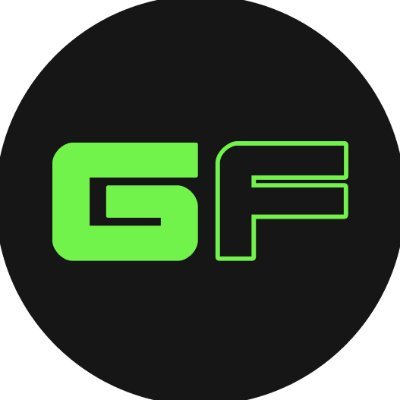
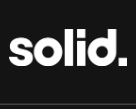
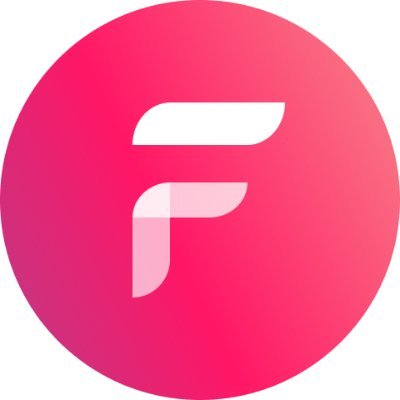


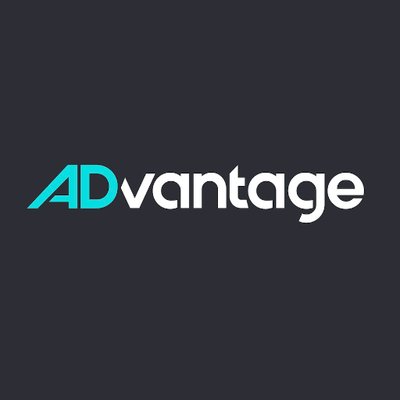
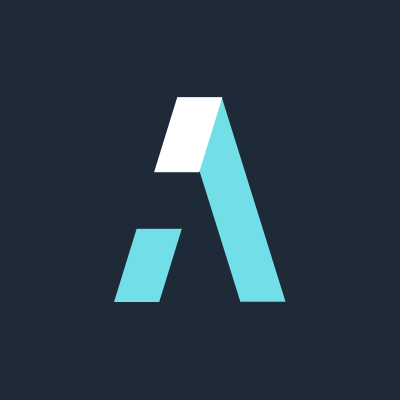




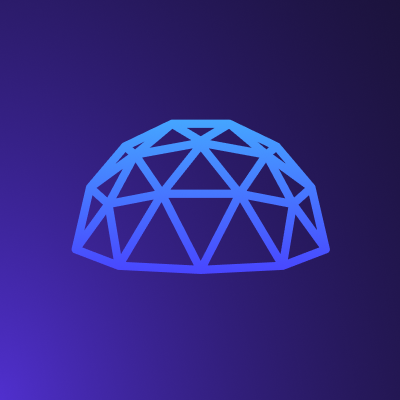



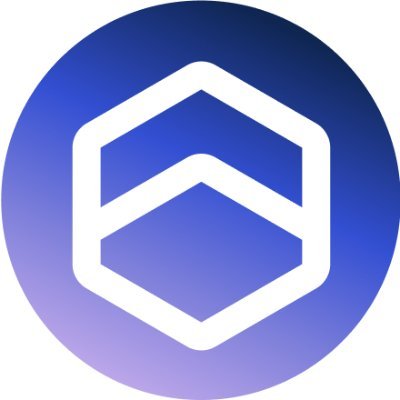








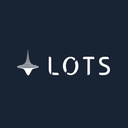

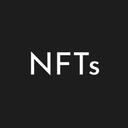



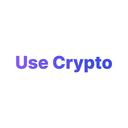

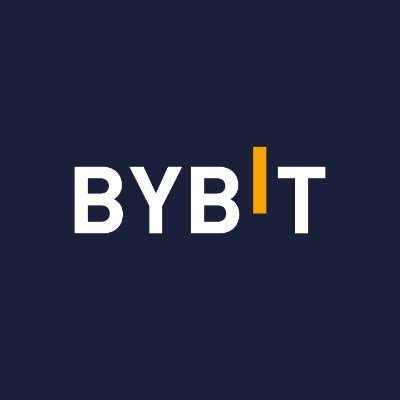
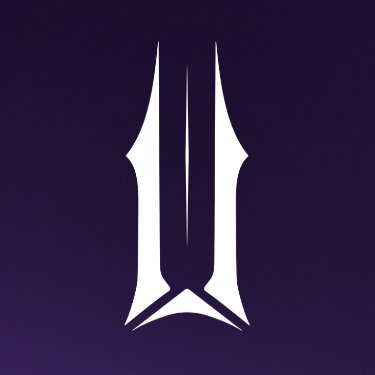
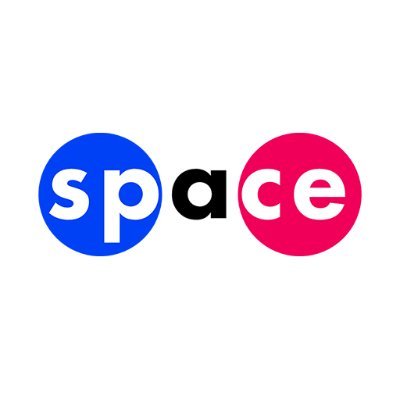









【免责声明】市场有风险,投资需谨慎。本文不构成投资建议,用户应考虑本文中的任何意见、观点或结论是否符合其特定状况。据此投资,责任自负。


